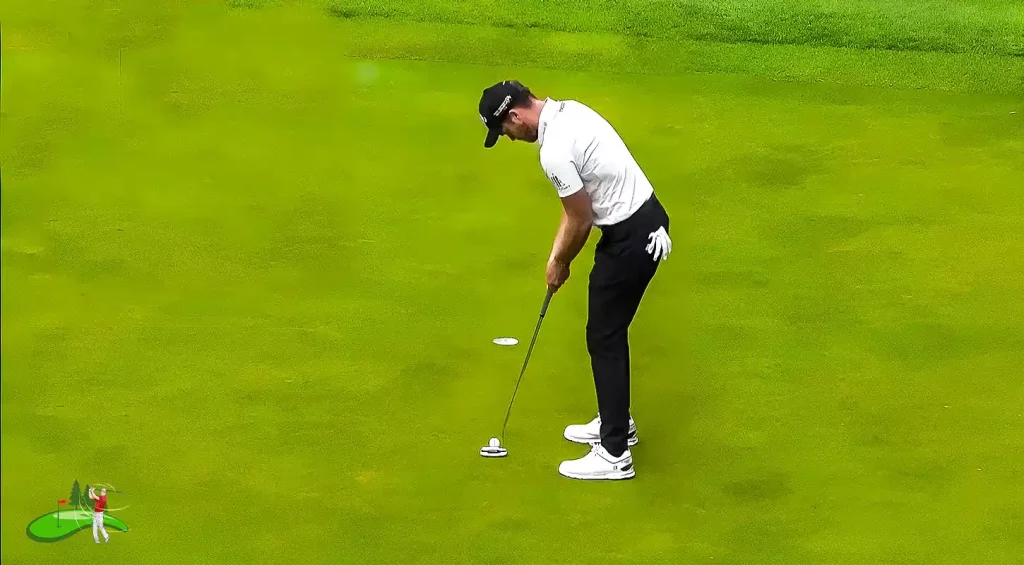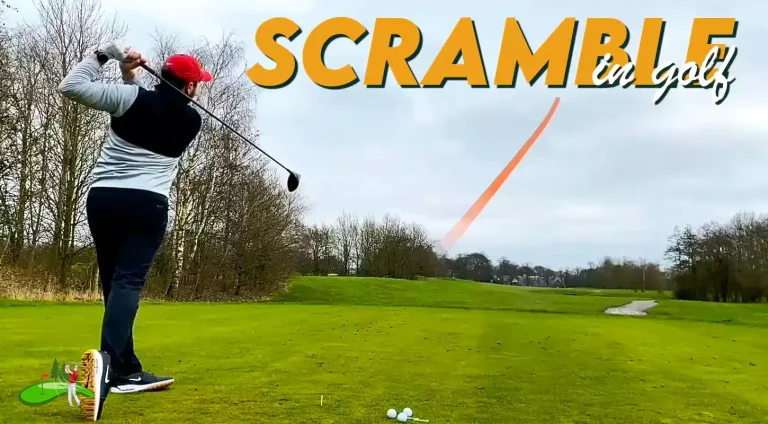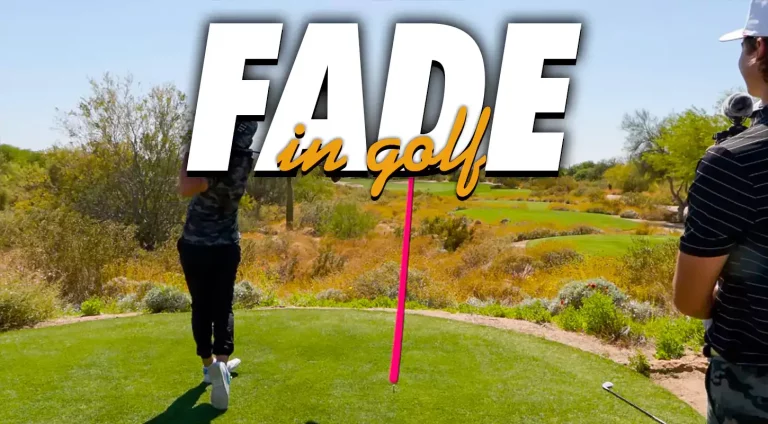How to Hit a Draw in Golf
What is a Draw in golf?
In golf, a “draw” is a type of shot that curve from right to left in the air to the target. In contrast to that, a fade shot curves from left to right.
A player can achieve a draw shot by creating a clockwise spin on the ball at impact. Which causes it to spin to the left. This spin is generated by a golfer using an inside-to-out swing path. Which means the clubhead approaches the ball from inside the target line and then swings out to the right because of impact.
Benefits of hitting draw in golf:
Increased Distance: A Draw shot can travel farther than a straight shot since they tend to have a lower spin rate and a more penetrating ball flight.
More Control: If you know how to hit Draw shots, they can be easier to control than other shots since they tend to start more to the right and then curve back to the left. Having more control can be useful when trying to navigate tight fairways or hit shots into tucked pin positions.
Better Course Management: When planning for shots, knowing how to hit a draw can give the golfer more options. For example, if there is a hazard on the left of the fairway, a golfer who can hit a draw shot can aim further right and end up in a good position.

Difference between Draw in golf and Fade in golf:
The key difference between a draw and a fade in golf is the direction in which the ball curves in the air. Moreover, there are other differences as well:
- A draw shot curves from right to left, while a fade is a shot curve from left to right.
- To achieve a draw, a golfer typically uses an inside-to-out swing path. Meaning the clubhead approaches the ball from inside the target line and then swings out to the right due to the impact. This creates a clockwise spin to the ball, which causes it to swing to the left.
- In contrast, to hit a fade shot, a golfer typically uses an outside-to-in swing path. Which means the clubhead approaches the ball from outside the target line and then swings to the left due to impact. This creates an anticlockwise spin on the ball, which causes it to spin to the right.
- Draws are generally preferred when trying to hit longer shots. On the other hand, fades are often used when trying to control distance or avoid trouble on the right side of the course.
Is it better to hit a fade or a draw in golf?
When it comes to the question that whether it’s better to hit a fade or a draw it depends on multiple factors. Including the golfer’s natural swing tendencies, the course layout, and the specific shot they want to hit.
Some golfers naturally hit a fade and others hit a fade more consistently than others. It’s generally easier to work with your natural ball flight than to force a shot shape that doesn’t come naturally. However, having the ability to hit both shots at the same time can be advantageous.
Generally, draws can travel farther than fades and are more useful when trying to hit longer shots. Fades, on the other hand, can be more useful when trying to control distance or avoid trouble on the right side of the course. Ultimately, the best shot to hit in each situation depends on a variety of factors, and golfers should aim to develop the ability to hit both shots reliably and effectively.

How to hit a draw in golf:
- To hit a draw, first you must aim your body slightly to the right of the target. This is specifically for a right-handed golfer. Now align the clubface to the target. This sets up an inside-to-out swing path that helps to promote a draw spin on the ball.
- Now, focus on keeping the club on an inside-to-out path. This means the clubhead should stay behind on the takeaway and come down to the ball from inside the target line.
- Just before impact, you need to make sure to rotate your hands and forearms to close the clubface slightly. This creates a clockwise spin that will cause the ball to draw.
- On the follow-through, allow the clubhead to swing out to the right and finish high. This ensures a full release of the club head and helps maximize the draw spin on the ball.
Final thoughts:
A golfer’s ability to hit a draw shot can be a useful tool in their toolbox. While there are some general guidelines to follow when trying to hit a draw, each golfer has a different swing style. So it may take some trial and error to find the best method for their game.
However, it’s crucial to keep in mind that not every shot calls for hitting a draw. Golfers should strive to master a variety of shots. Including fades, and select the shot that best fits the circumstance at hand. The ultimate objective is to have a flexible and dependable swing that enables you to move around the course and hit shots with confidence and consistency.








